The current prefix is “post”. It’s possible that even the era of images may have come to an end, drowned in a sea of surfaces that may or may not create new worlds. The perspective of everything being wrong/fake from the very start is no longer a dystopia, the future no longer has the optimistic scent of modernism, and extinction, if we were to listen to Meillasoux, has replaced the ideal Kantian horizon, claiming that the user of the planet be more responsible. A word that the typical entrepreneur abhors – bankruptcy – could not possibly be disliked by the last people before the completely post-human generation; after all, bankruptcy is a step towards abstraction, which amounts to a balance in matter that constantly lacked throughout humanity.
The road leading to abstraction still has its own patches marked by failure, others set out for exploration. This year’s Temps d’Images edition tested some of the meeting points between people from the present and people from the future, starting from different places and understanding their missions differently.
Most of these trials were about expressing tolerance, a kind of supreme human quality that is insufficiently explored but highly expected in this post-human future from which evil men will have been eliminated. Tolerance is, of course, like any human gesture, a double-edged sword. When served with humor, it stands the chance of a smart discourse. For example the play “Open” is not part of a humanist parade, but works as entertainment built on researching the attendance at sex clubs – somewhere between stand-up, scenes of urban alienation like in “Black Mirror”, dramatic monologues and sensible parodies. The play’s lead is a wonderful actor, George Albert Costea, who enchants the audience with his innocence in order to deliver a few more or less useful truths, something which is probably why it is to the post-truth generation’s liking.
Placed at the negative end of human evolution, the post-truth condition is surely an adequate response to exaggerated political correctness. When tolerance is used in this fashion, truth itself becomes disgusting and useless. I’m thinking about the NGO-esque manifesto-play by the Croatian director Oliver Frljić, “Your violence and our violence”. I knew from the start that the play was produced for Vienna Festwochen, something I was also subjected to this year, so I knew what to expect. But I never imaged that someone might still have the tasteless idea to proclaim on stage “you should all be ashamed, members of the audience, who go to the theater instead of changing the world and then go home and still don’t change the world” etc etc etc. No matter how important the theme – in this case, the refugee crisis and the mostly improper responses from Europeans – the NGO-esque approach is just a source of discomfort and evidently has little chance to conjure up something else, not even a small constructive discussion. The play is part of an attack against one’s own allies in the absence of the power to conclusively attack the enemy. If there’s one thing I expect from post-humanity, then that’s more relational intelligence.
In the same area of approaches to the truth, Ioana Păun’s play adaptation of Ibsen, “An Enemy of the people”, is a coherent illustration of the dilemma faced by any person who wants to speak the truth in a context where this matters. In Frljić’s play, the truth did not have any consequences – because the truth needs to be told in a certain way in order to be something other than a spectacle. In “An Enemy of the people”, the idea is to take out the truth from its condition of spectacle where the establishment wants it to be and delivering it as an answer when the citizens ask: “what do we have to do?” The play does not offer a solution, it illustrates the will of a journalist who won’t let the matter go. In fact, the journalist’s project is destined to fail, perhaps due to the inherently modernist take of the playwright. The director’s response is theatrical means displaying a certain quality of entertainment and interactivity; these means put into context the rigidity of the Ibsen’s universe and question issues connected to representation, especially the feminine-masculine and science-politics hierarchies.
You could say that Farid Fairuz’s performance is completely owning up to exiting the era of truth, an exit seen from a not so distant future that is emotionally detached from the present. The present’s waste is used as props for the dances of those in the future; we can’t say for sure if this waste destroyed the planet or this is all that remained of it, because the future beings don’t evaluate it in terms of utility, they simply evaluate it aesthetically. The truth put forward by aesthetics is completely different than reality and in the future development of this performance (which is now work in progress), Farid will have to decide what the value of reality is. Escapism would of course be an incomplete version, and the use of choreography as the means to leave the surface and touch reality should be refined in order to create significance.
My reflecting on choreography set in after I witnessed “Macho Dancer”, by far the most powerful show in the program. I am not a dance specialist so it is possible that my observation be somewhat rudimentary: the elaborate dance working together with a facial expressions of a trans robot created a powerful and desirable figure. A woman with a voluptuous body, the source of all fantasies that exploded when she reveals her big dick accessory, kept the public electrified – especially the women, who were both empowered and turned on by the show. The dancer’s provocative expression would not allow one to objectify her, yet coupled with fluid sexuality, it outlined the most human and inhuman creature present in the festival’s universe. A kind of complete human, capable of real emotional detachment, beyond tolerance and truth – a human that finally became post-.
Temps d’Images #9 was in Cluj between 7-13 November 2016. Curators: Iulia Popovici and Miki Braniște. Associate artist: Farid Fairuz. Full schedule available here.
POSTED BY
Cristina Bogdan
Founder and editor-in-chief, between 2014-19, of the online edition of Revista ARTA. Co-founder of East Art Mags, a network of contemporary art magazines from eastern and Central Europe. Runs ODD, a s...
www.evenweb.org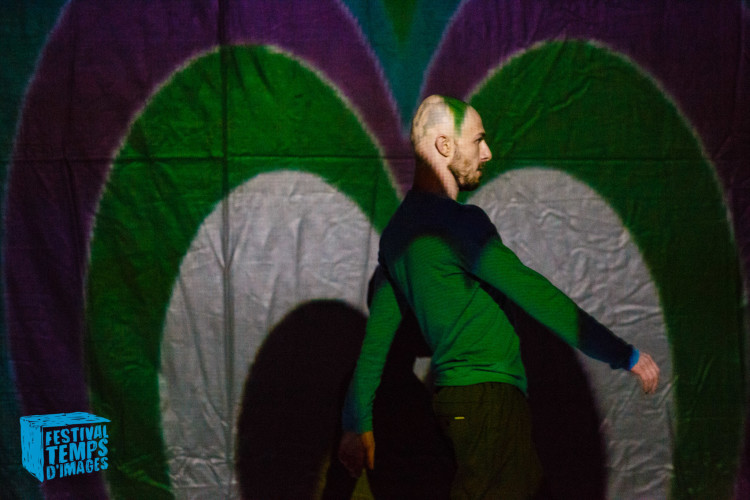
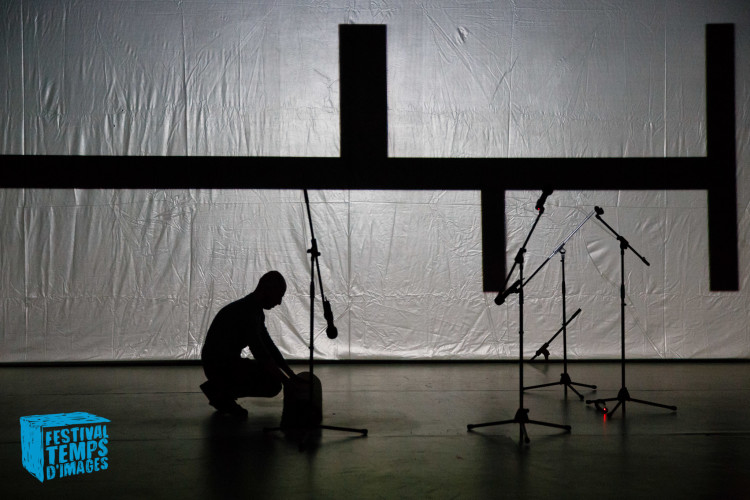
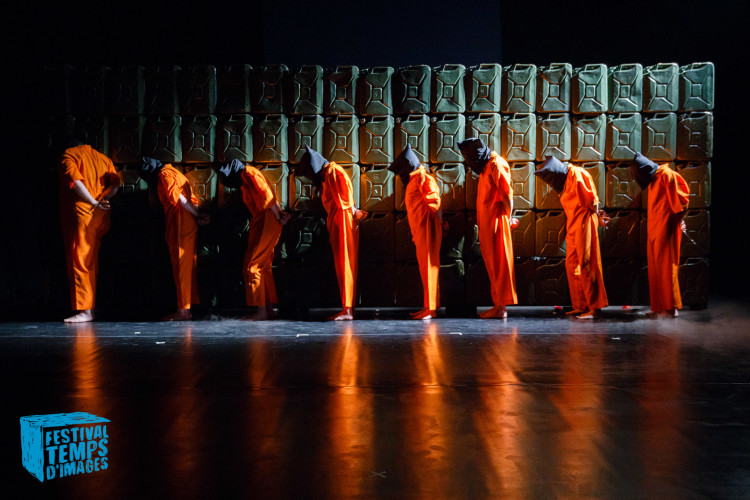
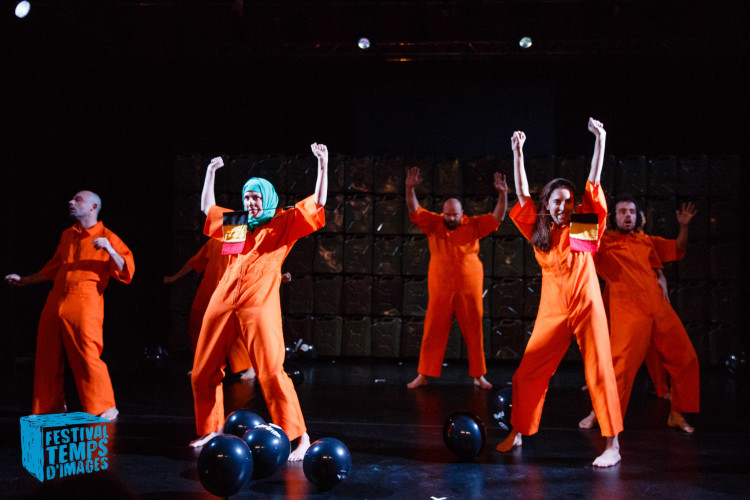
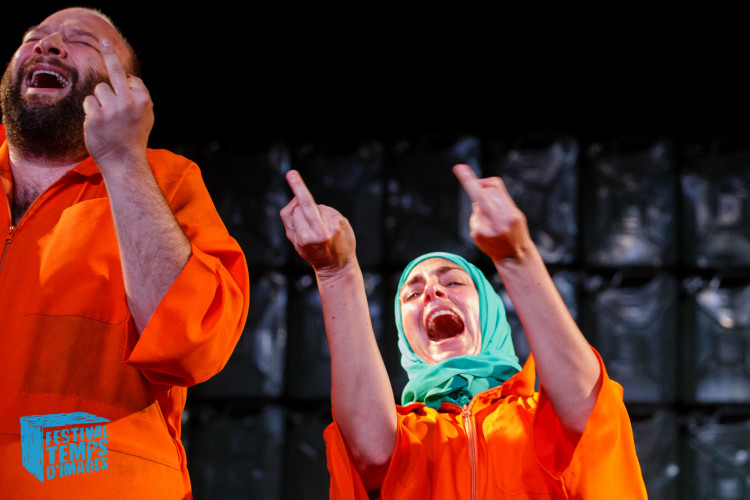
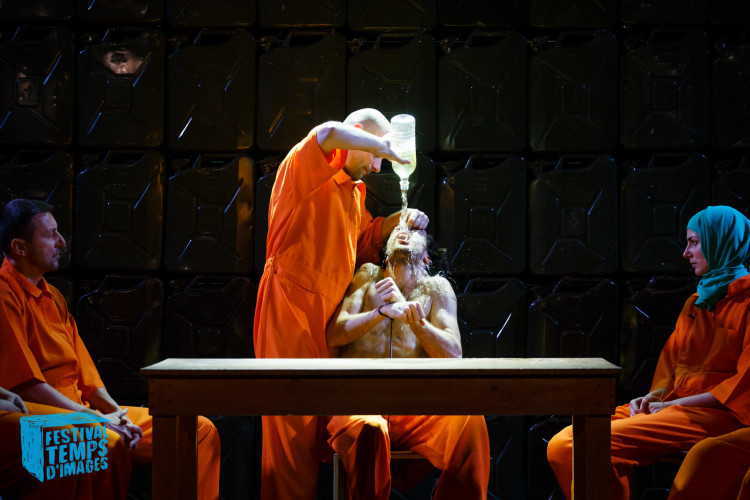
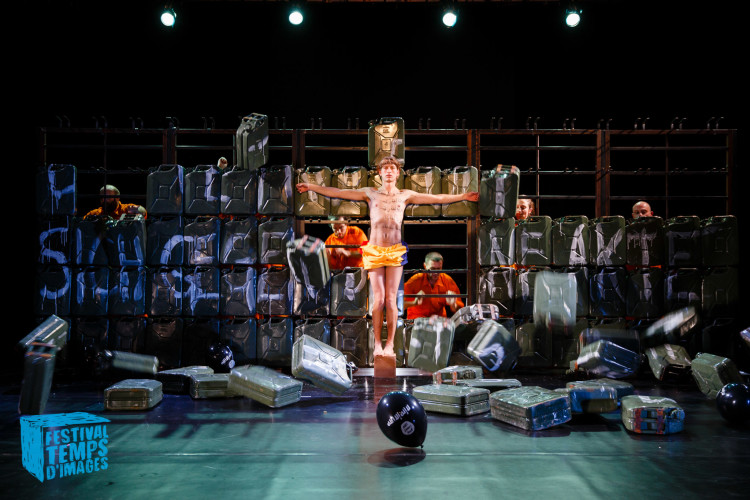
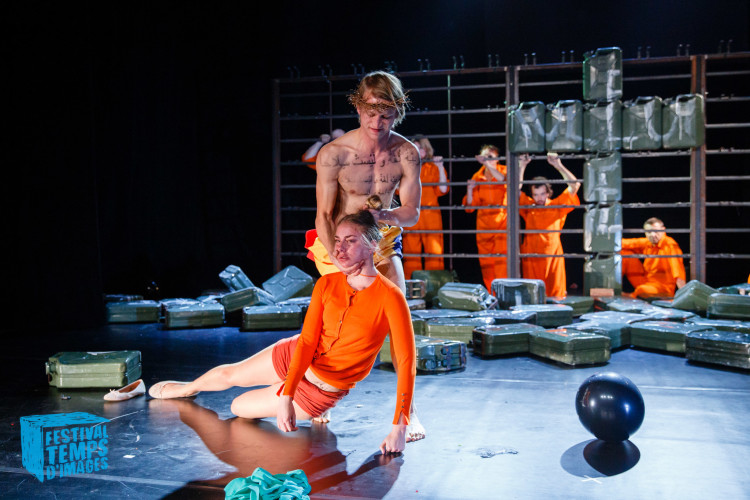
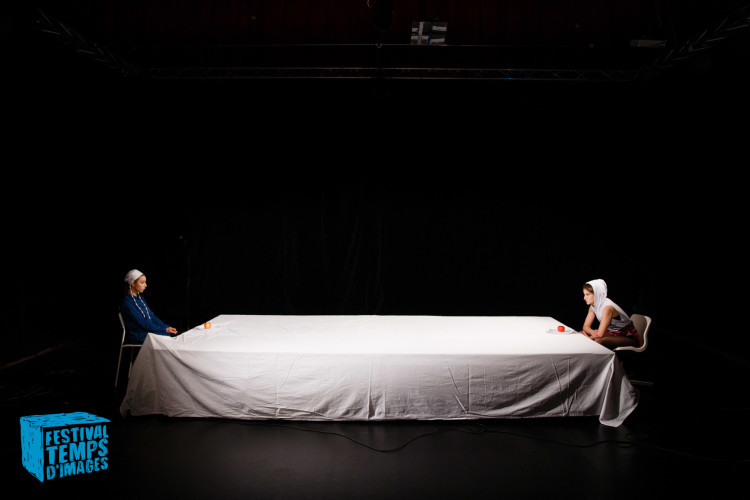
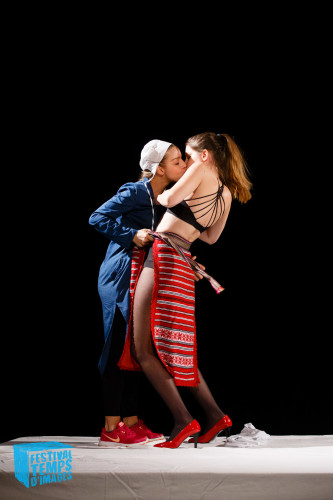
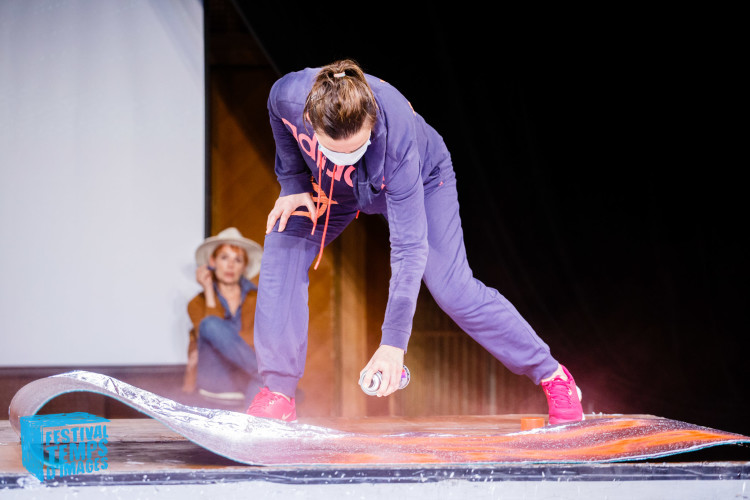
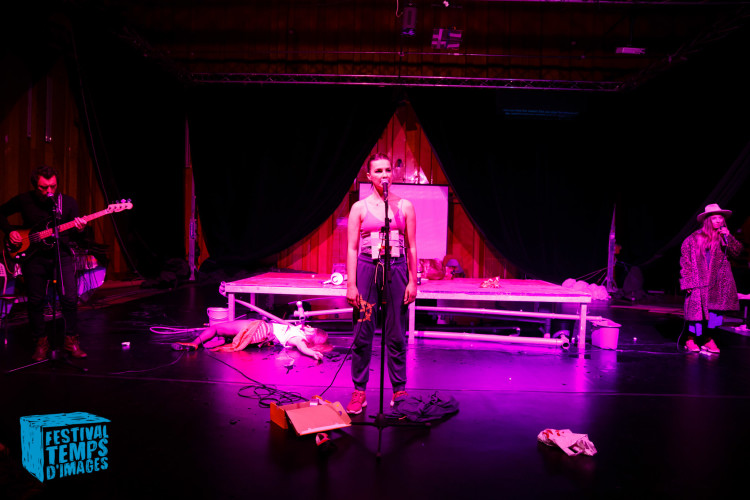
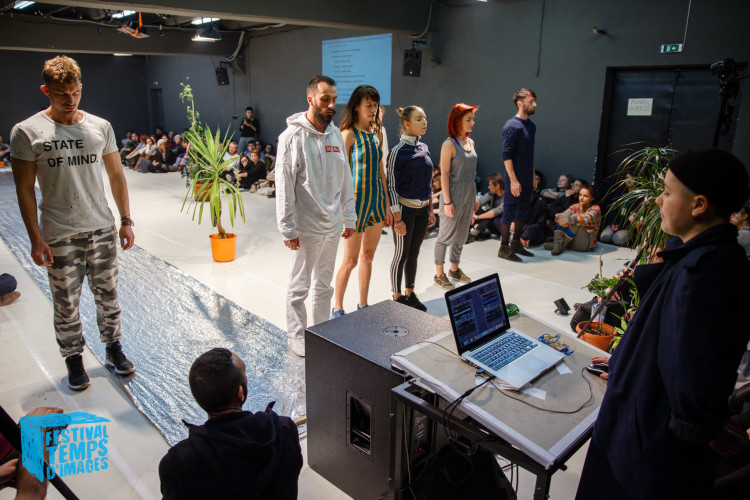
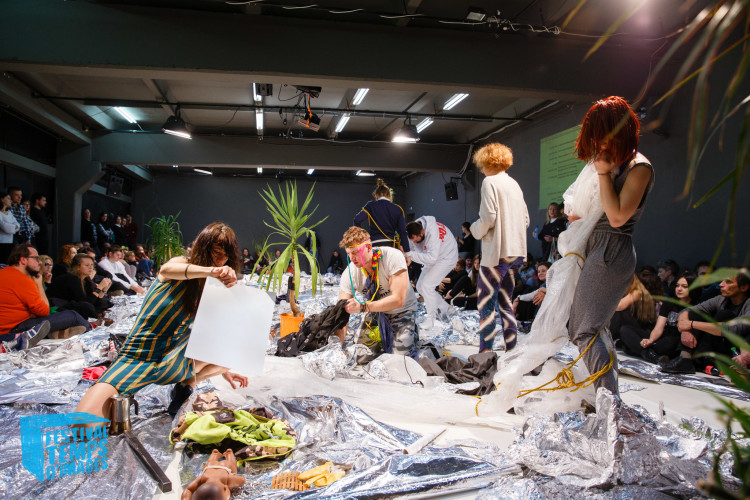
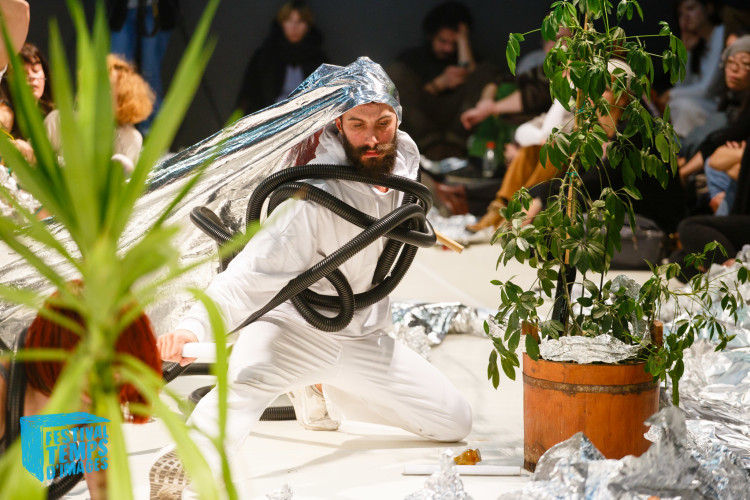
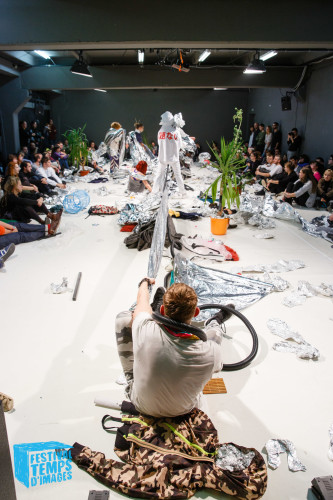
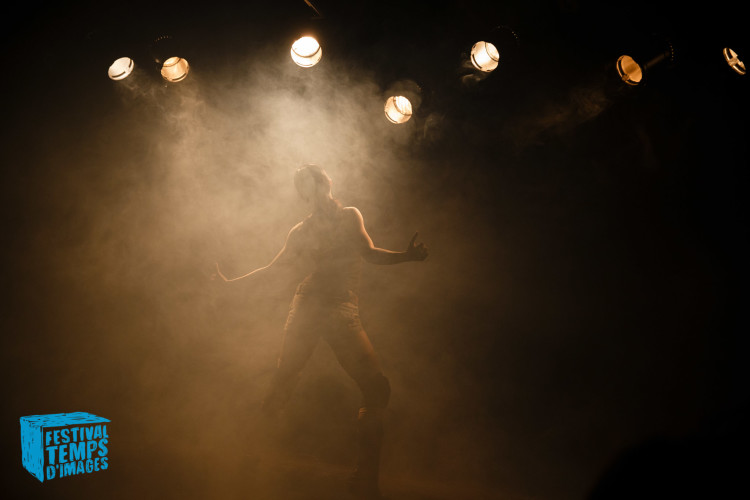
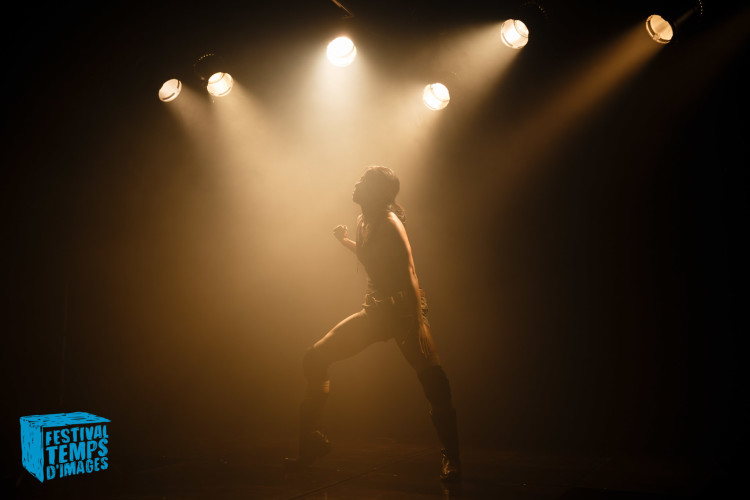
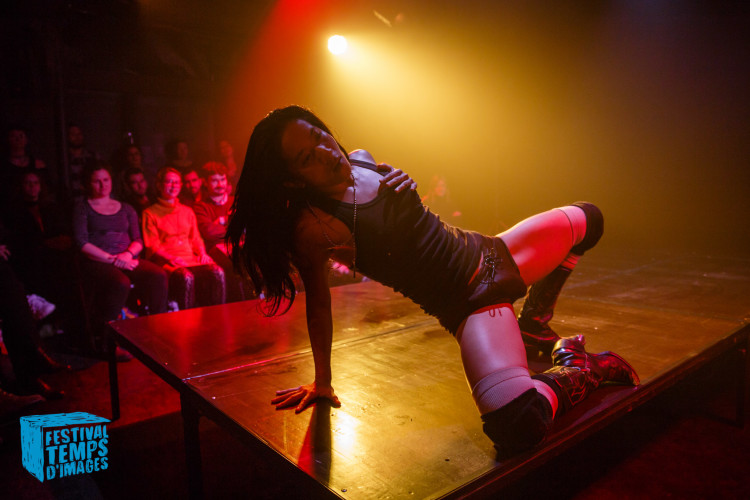
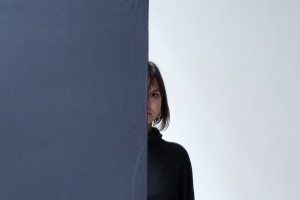
Comments are closed here.